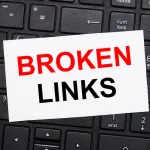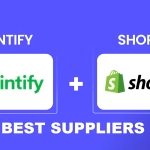Exciting times are ahead in the world of digital publishing! With predictions showing the ebook market reaching a whopping 1.1 billion readers by 2027, there’s never been a better time to share your story, expertise, or creative work with the world by creating and selling ebooks.
Whether you’re dreaming of writing your first cookbook, crafting the perfect travel guide, or sharing your professional knowledge, this guide will walk you through every step of the journey for creating and selling e-books.
Finding Your Sweet Spot: Topic and Audience
Let’s kick off with the most exciting part of creating and selling eBooks — picking your topic!

The most successful eBooks come from the sweet spot where these three elements overlap:
- Your Passion: What excites you? What could you talk about for hours without getting bored?
- Your Expertise: What skills, experiences, or knowledge do you have that others might find valuable?
- Market Demand: What are people actively searching for or struggling with?
Think of it like this:
- Have you spent years mastering gluten-free baking? Your eBook could be a go-to guide for people craving allergy-friendly treats.
- Traveled across Asia and gathered unique insider tips? Create a digital travel guide to help tourists plan stress-free adventures.
Pro Tip: Use tools like Google Trends, Ahrefs, or AnswerThePublic to check what people are searching for in your niche. This helps ensure your topic isn’t just something you love — it’s something people want to learn about too!
And don’t forget — your unique experiences have value. Your story, methods, or insights can set your eBook apart in a crowded market.
Next Step: Once you’ve brainstormed a few ideas, ask yourself:
- Who is this eBook for?
- What problem does it solve for them?
- Why should they trust me to guide them?
Answering these will not only sharpen your topic but also help you craft an eBook that connects deeply with your audience — and sells.
Getting Clear on Your Goals
Before you dive into writing, let’s take a step back and get crystal clear on your goals.

Why? Having a purpose behind your eBook doesn’t just motivate you — it shapes your content, marketing, and sales strategy.
Ask yourself:
- Are you building a passive income stream? Want your eBook to generate consistent sales while you sleep?
- Are you positioning yourself as an expert? Hoping to use your eBook to boost your authority in your niche — whether it’s personal finance, wellness, or digital marketing?
- Are you focused on helping a specific audience? Maybe you want to guide first-time freelancers, new parents, or aspiring bloggers with practical advice.
- What does success look like in 3, 6, or 12 months? Is it hitting your first $100 in sales, growing an engaged email list, or landing speaking gigs because of your published work?
Why Goal-Setting Matters
Your goals will directly influence how you create and sell your eBook:
- If passive income is the goal, you’ll focus on automated sales funnels and affiliate partnerships.
- To build authority, you’ll pair your eBook with content like webinars, blog posts, or a podcast.
- If you want to help a specific audience, your marketing will lean into storytelling and direct engagement.
Pro Tip: Start small. Aim for your first $100 in sales, then build momentum. Every bestselling author began with a blank page — your journey starts the same way.
✅ Action Step: Write down your top 3 goals for creating and selling your eBook. These will be your guiding light as you move forward.
Tools of the Trade: What You’ll Need
Good news — you don’t need a fancy setup to start creating and selling eBooks. With the right tools, you can go from a simple idea to a sleek, professional eBook without breaking the bank. Let’s break it down into three essential categories: writing, formatting, and design.
1. Writing Tools ✍️
Your eBook starts with solid writing. Here are some reliable platforms to draft, edit, and organize your content:

- Microsoft Word — Classic, user-friendly, and perfect for drafting and editing.
- Google Docs — Great for cloud storage, real-time collaboration, and seamless access across devices.
- Scrivener — A powerful tool for long-form writing, ideal for organizing chapters, notes, and research in one place.
- Ulysses — A clean, distraction-free writing app perfect for those who love minimalism.
Pro Tip: Google Docs is fantastic for co-writing projects or getting feedback, while Scrivener works best if you’re juggling research-heavy content like guides or multi-section eBooks.
2. Formatting Tools
Once your draft is done, it’s time to transform your text into a polished eBook format (like PDF, EPUB, or MOBI):
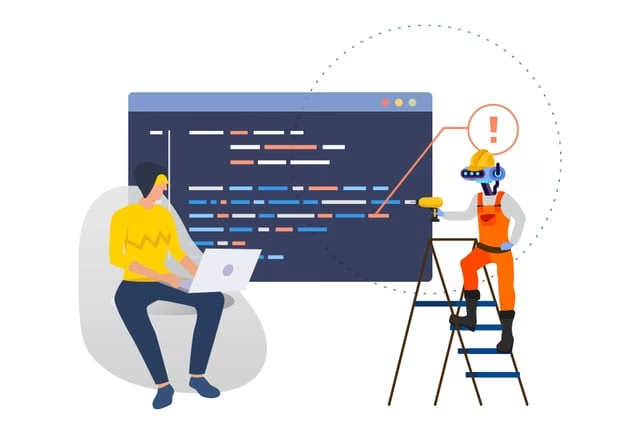
- Vellum — The gold standard for formatting stunning eBooks (Mac only). Perfect for authors who want full design control.
- Calibre — A free, open-source tool for converting your manuscript into professional formats. Great for beginners.
- Reedsy Book Editor — A simple, web-based formatting tool with easy-to-use templates — ideal if you want a clean, minimal design without a learning curve.
Pro Tip: Don’t skip formatting — a poorly formatted eBook can hurt your sales. Readers expect a seamless, professional experience, whether they’re reading on Kindle, Apple Books, or a PDF.
3. Cover Design Tools
Like it or not, people do judge books by their covers. Your eBook’s cover is the first impression, so make it count:
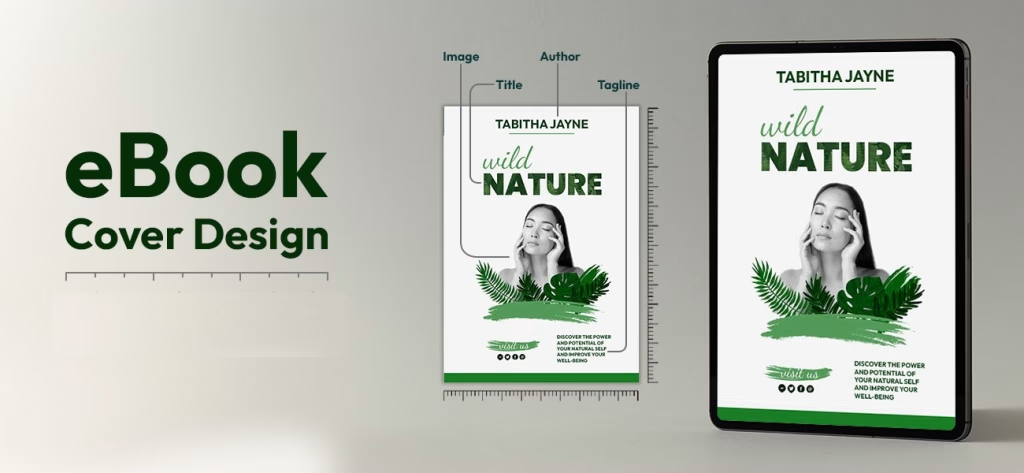
- Canva — Beginner-friendly, drag-and-drop design with customizable templates for eBook covers.
- Adobe Express — This is for sleek, professional templates and more advanced design options.
- Book Brush — This is tailored specifically for authors, helping you create book covers, promo graphics, and mockups.
Pro Tip: If design isn’t your thing, invest in a professional cover designer or use platforms like Fiverr or 99Designs. A high-quality cover boosts your credibility and sales.
✅ Action Step: Set up your writing, formatting, and design tools today. Having these essentials ready will make your eBook creation process smooth and stress-free.
Writing Your Ebook: The Creative Process
So, you’ve chosen your topic and gathered your tools — now it’s time to bring your ebook to life. The writing process doesn’t have to feel overwhelming if you tackle it step by step. Let’s break it down!
Planning Your Content
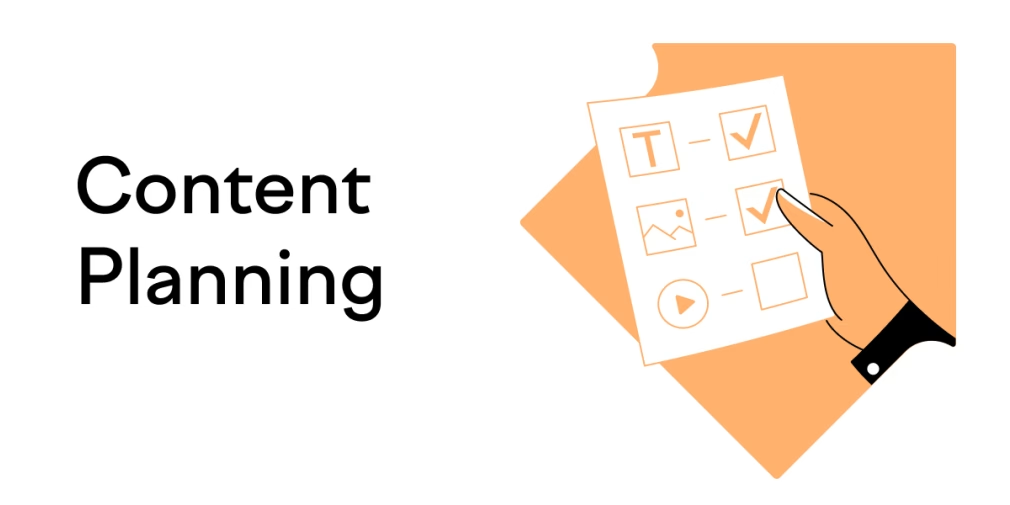
Think of your outline as the blueprint for your ebook. Without it, you might end up rambling or missing crucial points. A solid outline helps you:
- Stay focused and organized: No more staring at a blank page, wondering what to write next.
- Ensure logical flow: Each chapter or section should build naturally on the previous one.
- Track your progress: Breaking your content into bite-sized chunks makes the process feel less daunting.
- Prioritize reader experience: A clear structure keeps your audience engaged and eager to read on.
Pro tip: Outline your ebook using the “Problem-Solution-Result” framework:
- Problem: Identify your reader’s pain points.
- Solution: Show how your ebook will solve these issues.
- Result: Highlight the positive outcomes they can expect.
This keeps your content purposeful and impactful.
Writing Tips That Work
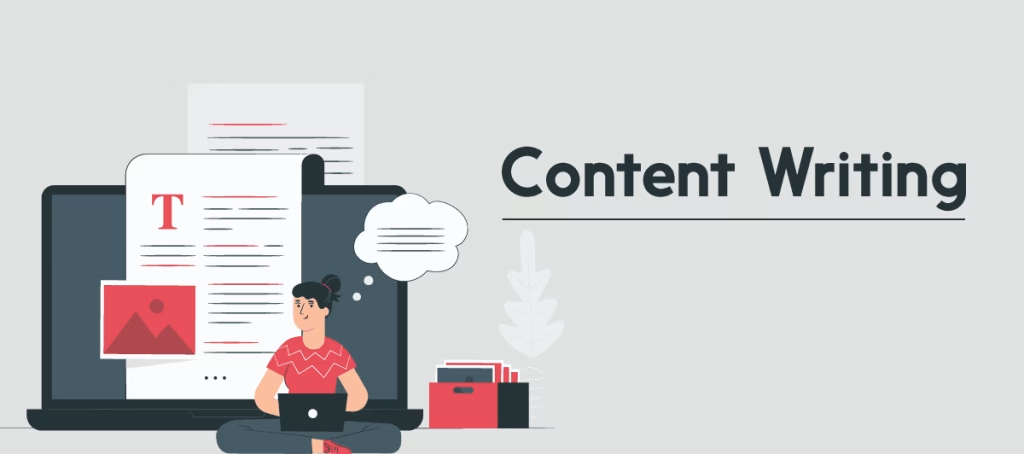
When it’s time to put words on the page, keep your writing clear, relatable, and engaging. Here’s how:
- Write like you’re chatting with a friend: Your tone should match your audience. If you’re writing a tech guide, be professional but approachable. If it’s a lifestyle ebook, keep it casual and fun.
- Ditch the jargon (unless necessary): Complicated language can alienate readers. Stick to simple explanations unless you’re targeting an expert crowd.
- Add real-life examples and stories: People connect with stories. Use anecdotes, case studies, or personal experiences to make your points stick.
- Break up the text: Use:
- Headings and subheadings for easy navigation
- Bullet points and numbered lists for scannability
- Short paragraphs to improve readability (2–3 sentences max!)
Pro tip: End each section with a “What’s next?” question or teaser. It keeps readers hooked and eager to flip the digital page.
The Business Side: Selling Your Ebook
So, you’ve written your masterpiece — now let’s talk business. Creating and selling eBooks isn’t just about writing; it’s about getting your work into the hands of readers and making money doing it. Let’s break it down step by step.
Why Selling Direct Is Smart
Here’s a not-so-secret secret: selling your eBook directly through your website or dedicated platforms like SendOwl often outshines relying solely on marketplaces like Amazon.

Why? Because you stay in control of your sales, your audience, and your profits.
Here’s why selling direct is a game-changer:
- Higher profits: No hefty platform fees — you keep more of what you earn.
- Own your audience: Build an email list and nurture real relationships with your readers.
- Total pricing freedom: Run discounts, flash sales, or bundle offers without restrictions.
- Instant payouts: No waiting weeks for royalty checks — get paid faster.
- Flexible formats: Offer multiple file types like PDF, ePub, and Mobi to suit all readers.
Pro tip: Tools like SendOwl let you securely deliver your eBooks, handle checkout, and even offer upsells — perfect for boosting your revenue.
Building Your Author Platform
Think of your author platform as your online home base — a place where readers connect with you and your work.

Start with these key steps:
- Create a simple but professional website: Highlight your eBook, your story, and how readers can reach you.
- Focus on 1–2 social media platforms: Don’t spread yourself too thin — choose where your target audience hangs out. For business eBooks, LinkedIn might be ideal; for lifestyle or fiction, Instagram works wonders.
- Grow your email list: Offer a free bonus chapter or resource in exchange for their email. This list will be gold when it’s time to launch!
- Share valuable content: Blog posts, behind-the-scenes sneak peeks, or tips related to your eBook’s topic build trust and anticipation.
- Network with influencers and authors in your niche: Cross-promote each other’s work and tap into new audiences.
Marketing Magic
Now, let’s get your eBook in front of eager readers. A strong marketing plan doesn’t have to be complicated — it just needs consistency and creativity.

Here’s how to spread the word:
- Optimize for search engines: Include relevant keywords naturally in your eBook title, description, and website content — like creating and selling eBooks.
- Tease your audience: Share sneak peeks, quotes, or “behind-the-scenes” moments on social media.
- Encourage reviews: Early reviews build social proof, so offer advance copies to loyal followers or beta readers.
- Offer a free sample chapter: Let readers “try before they buy” — it boosts conversions.
- Create a pre-launch waiting list: Build anticipation by letting readers sign up for exclusive launch-day discounts or bonuses.
- Partner with others: Collaborate with podcasters, bloggers, or fellow authors to expand your reach.
Pro tip: Don’t treat marketing as a “launch day only” task. Consistent, long-term promotion — like updating your blog, running seasonal promos, or repurposing content — will keep sales rolling in.
The key to creating and selling your eBooks successfully is combining smart sales strategies with authentic connections. Own your audience, control your pricing, and use every tool at your disposal to grow both your income and your influence.
Conclusion
Creating and selling ebooks online represents a valuable opportunity to share your knowledge while building a sustainable income stream. Success requires careful planning, quality content creation, and consistent marketing efforts.
Start with clear goals, focus on your target audience’s needs, and continuously adapt your strategies based on market response.
Remember: The ebook market continues to grow, making now the perfect time to start your digital publishing journey. With dedication and the right approach, you can build a successful ebook business that provides value to readers while generating a steady income.
FAQs
1. What are the first steps to writing an e-book?
The first steps include brainstorming your topic, defining your target audience, and outlining the structure of your e-book.
Research your niche thoroughly to ensure your content aligns with what your audience needs. Tools like Evernote or Notion can help you organize your ideas effectively.
2. How long should an e-book be?
An e-book’s length depends on its purpose and topic. Shorter e-books (20–50 pages) are great for guides or introductions, while more comprehensive works can range from 100–200 pages. Focus on quality over quantity to keep readers engaged.
3. What tools can I use to write and format my e-book?
Popular tools for writing include Microsoft Word, Google Docs, and Scrivener. For formatting, programs like Canva, Adobe InDesign, and Vellum make it easy to create professional layouts.
Many platforms, like Amazon Kindle Direct Publishing (KDP), also offer built-in formatting tools.
4. How do I design an attractive e-book cover?
Your cover is your e-book’s first impression. Use tools like Canva or hire a professional designer on platforms like Fiverr. Ensure the design reflects your content, includes eye-catching visuals, and uses readable fonts. Don’t forget to test how it looks as a thumbnail.
Your design is a crucial part of your journey to creating and selling e-books.
5. What platforms can I use to sell my e-book?
You can sell your e-book on platforms like:
- SendOwl: The best platform for selling eBooks
- Amazon Kindle Direct Publishing (KDP) for a vast audience reach.
- Gumroad for customizable pricing and digital delivery.
- Etsy if your e-book has a creative or niche appeal.
- Your website will maximize profits and build a direct connection with your audience.
6. How do I price my e-book?
Pricing depends on factors like content length, audience demand, and perceived value. Shorter e-books typically range from $2.99 to $9.99, while more in-depth resources can sell for $10 or more. Experiment with pricing to see what resonates with your audience.
7. What’s the best way to market my e-book?
Promote your e-book using these strategies:
- Leverage your email list with an exclusive launch offer.
- Share excerpts on social media to build anticipation.
- Collaborate with influencers or bloggers in your niche.
- Use paid ads on platforms like Facebook or Google to target your audience effectively.
8. Can I create passive income by selling e-books?
Absolutely! E-books can generate passive income over time, especially if they’re evergreen and continue to attract buyers. Regularly update your content, optimize your marketing efforts, and consider bundling your e-books for added value.
9. What legal considerations should I keep in mind?
Ensure you:
- Use copyright-free or licensed materials for any images or quotes.
- Include disclaimers if you’re providing advice.
- Protect your work by registering a copyright if needed.
- Adhere to platform-specific policies for publishing and selling.
10. How can I gather feedback to improve my e-book?
Ask for feedback from early readers or beta testers before launching. You can also monitor reviews and comments post-launch to identify areas for improvement. Surveys or polls on your social media can also provide insights for your next edition.
You’ve Got This!
Remember, every successful ebook author started exactly where you are now. The key is to take that first step and start creating. Focus on providing value to your readers, be authentic in your writing, and keep learning and adjusting as you go.
Quick Action Steps:
- Choose your topic and outline your ebook
- Pick your writing tools
- Set a realistic writing schedule
- Plan your marketing approach
- Just start writing!
Ready to begin your ebook journey on creating and selling ebooks? Your future readers are waiting to hear what you have to share. Let’s make it happen!
Want more tips and tricks? Drop a comment below or join our newsletter for weekly publishing insights!


